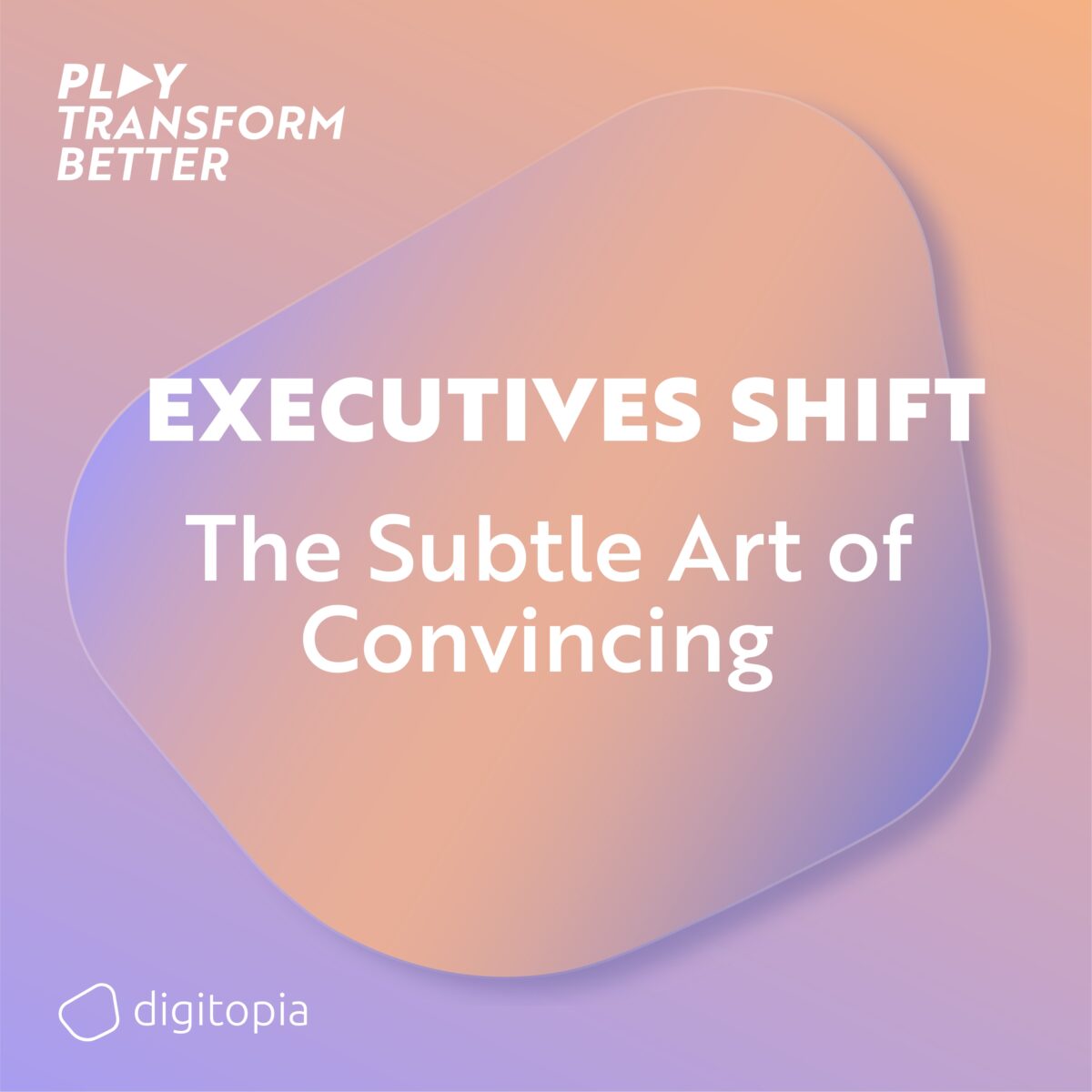
Listen on
Episode Description
Leading change these days, especially with all the digital transformation happening, often feels like pushing uphill.
Those old top-down ways just don’t seem to land anymore.
The real trick is making big changes happen without leaning solely on your job title. It’s about influence — getting people on board, making it feel like everyone’s idea, creating shared ownership.
That’s what we’re diving into today, through the fascinating story of Elif Taner, a CIO who sparked a company-wide transformation by mastering what our source material calls the subtle and strategic art of convincing.
A Risk-Averse Starting Point
She walked into a global manufacturing company bound by tradition and definitely risk-averse. Leadership was mostly long-timers from operations, finance, and sales.
They didn’t see IT as a partner for growth — more like a cost centre. Formal meetings led to polite nods, but ideas disappeared. Budget requests were scrutinised until they died on the vine. IT was just there to fix things when they broke, not to innovate.
Slowing Down to Move Forward
Instead of pushing a big tech vision, Elif slowed down. She focused on understanding the business from every angle — factory walkthroughs, customer calls, quality control reports, and time with frontline teams.
Her approach was deep listening. She kept asking one deceptively simple question: “What would make your life easier?”
The answers revealed frustrations: delayed shipments, heavy manual reporting, scattered data, and late insights that led to reactive decisions.
Speaking Their Language
She knew throwing technical jargon at them wouldn’t work. Instead, she translated technology into outcomes they cared about.
With operations, predictive maintenance became “reducing unplanned downtime by 30%.”
For sales, CRM upgrades meant “20% more time with customers instead of fighting bad data.”
She consistently spoke in metrics that mattered — cost savings, efficiency, customer experience, compliance, and faster value.
Planting Seeds and Building Allies
Big formal pitches hadn’t worked, so she started informally socialising ideas — in coffee breaks, quick chats, and casual conversations.
She shared stories about competitors’ successes, sparking curiosity without pushing an agenda. She built informal alliances with influential managers and even sceptics, inviting them into small, low-risk experiments.
The crucial line she used: “This is your idea. We’re here to help make it real.”
The First Breakthrough
One pilot with the head of logistics used IoT sensors and basic route optimisation. In just three months, delivery efficiency jumped 25% and customer complaints dropped.
The logistics head became the champion, talking about the project in leadership meetings as his team’s success — and that opened the floodgates. Other departments began approaching IT for help.
Change was no longer being sold. It was being requested.
Creating the Digital Circle
To scale momentum, she created the “digital circle” — a cross-functional group of influencers from across the company. Titles didn’t matter.
They met monthly to discuss business challenges, brainstorm tech solutions, and share insights. Over time, it became an internal transformation movement, breaking down silos and building alignment.
Collective Ownership for Big Investments
When the company needed a major enterprise-wide data platform, Elif didn’t present the case herself.
Each department head presented their part: sales showed conversion gains, finance explained cost benefits, operations tied it to supply chain resilience.
It wasn’t an IT project — it was a company-wide initiative. The CEO, impressed by the alignment, approved it almost immediately.
Delivering Impact Without Demanding Credit
Within two years:
- On-time delivery improved from 87% to 97%
- Forecast accuracy increased 20%
- Employee engagement rose 15% in key departments
- A new e-commerce platform delivered 12% of annual revenue
- Cybersecurity incidents dropped 40%
- IT stayed behind the curtain, enabling others to share the wins.
Head, Heart, and Hands
Her approach came down to three elements:
Head: Deep business understanding and a logical case
Heart: Building trust through empathy, authenticity, and generosity
Hands: Quick prototypes, feedback loops, and visible wins
This combination shifted the culture from fear and silos to curiosity and collaboration.
The Core Principle
Elif led not through command, but through conversation. She made her vision feel like everyone’s idea.
For anyone leading change — formally or informally — the lesson is simple:
Speak the business language, connect to their goals, build coalitions, let others own the wins, and set ego aside.
If you can do that, you won’t have to walk the path of change alone.




